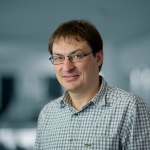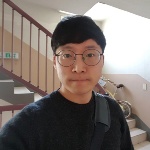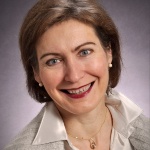General Information
6 July 2021, 4 - 5:30 pm: Dongwon Lee, Matthias Ruf, Holger Steeb
"Experimental techniques I: X-Ray Computed Tomography (XRCT) - from pore space imaging to numerical simulations"
7 July 2021, 10 - 11:30 am: Sabina Haber-Pohlmeier, Andreas Pohlmeier
"Experimental techniques II: Nuclear Magnetic Resonance – Water dynamics in the pore space of porous media"
This short course is an online workshop
This short course is organized by SFB 1313.
Members and associated international members of SFB 1313 and IRTG DROPIT are invited to attend the short course. Participants will get 1,5 credits for attending the course.
Free
For registering to the short course, please send an email to sfb1313-graduiertenkolleg@iws.uni-stuttgart.de.
Please add the following information:
- Last name
- First name
- Institute
- SFB research projekt (if applicable)
Experimental techniques I: X-Ray Computed Tomography (XRCT) - from pore space imaging to numerical simulations
1. Intro X-Ray CT / Hardware, basics & setup in Stuttgart
2. CT-Data workflow
3. Numerics based on voxel-geopmetries in a nut-shell
Experimental techniques II: Nuclear Magnetic Resonance – Water dynamics in the pore space of porous media
NMR is a non-invasive technique that is widely used in the fields of medicine, chemical analysis and materials science either as imaging, spectroscopy or relaxometry. Unlike X-ray computed tomography, which images the solid phase, NMR obtains the signal from the fluid phase in a porous system. The two methods are therefore complementary to each other.
The aim of this short course is to give an insight into this versatile method related to porous materials. After a brief introduction, we will answer the question: do we get an NMR signal from any material? For this purpose, we will look at the most important theoretical NMR basics. These lead us to the relaxation times T1 and T2, which are associated with the dynamics of the fluid molecules in the porous system. Examples show how structural parameters such as pore size distribution and -connectivity are related to the relaxation times. Transport processes such as diffusion and flow can also be measured as shown for preferential flow in soil material and flow studies in membrane filter systems. These properties can be mapped with spatial resolution associated with magnetic resonance imaging (MRI).
Lecturers
- Dongwon Lee (University of Stuttgart, SFB 1313 research project B05)
- Matthias Ruf (University of Stuttgart, Institute of Applied Mechanics)
- Holger Steeb (University of Stuttgart, SFB 1313 research project B05 and C05)
- Andreas Pohlmeier (Forschungszentrum Jülich GmbH, SFB 1313 Research Project C05)
- Sabina Haber-Pohlmeier (Forschungszentrum Jülich GmbH, SFB 1313 Research Project I-05)

Holger Steeb
Prof. Dr.-Ing.Spokesperson, Project Leader, Research Projects B05, C05, and Z02, Project WIKO, Central Project Z

Dongwon Lee
Dr.-Ing.Post-doctoral Researcher, Research Project B05

Sabina Haber-Pohlmeier
Dr.Alumna: Principal Investigator, Research Project I-05


